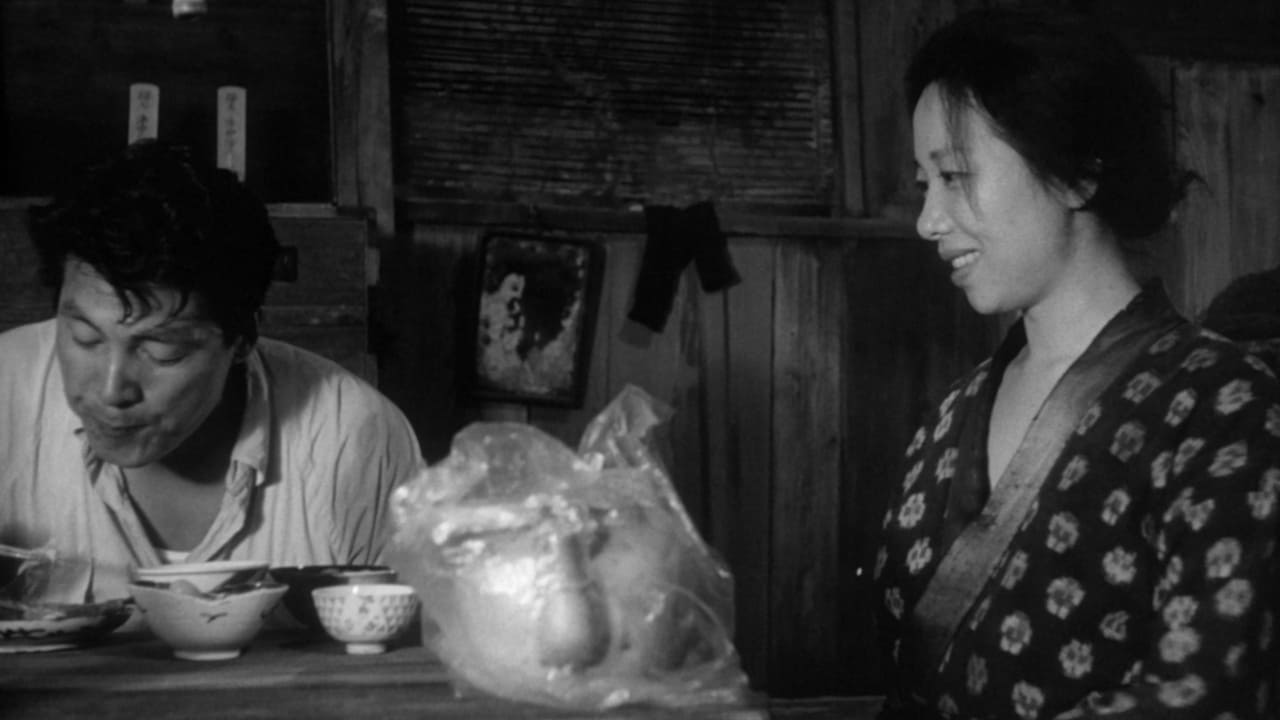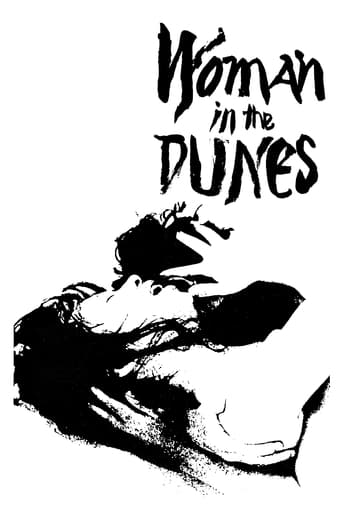



I like Black Panther, but I didn't like this movie.
View MoreThe film makes a home in your brain and the only cure is to see it again.
View MoreAfter playing with our expectations, this turns out to be a very different sort of film.
View MoreAll of these films share one commonality, that being a kind of emotional center that humanizes a cast of monsters.
View MoreHaving watched the film and read the reviews that focused on the intended Metaphor, I still could not but feel annoyed at how he gave up trying to escape and accepted his fate. I cannot but compare what I might have done in the same predicament as the one he found himself in. I would have totally focused on escaping until I did escape by getting to the Beach and following the Shoreline Then I would return with a Back Up Crew and lay my Vengeance on those Kidnappers for holding me Hostage to teach them that there is a Price to Pay for Wrong doing. There is a Zen thing going on which the Entomologist guy embraced in the end but that isn't My Culture or Mind Set.
View MoreWoman in the Dunes, like most Eastern fare, truly has the symbolism down. The fact that an entomologist collecting and trapping bugs only to share a similar fate is marvelously used, especially with the skill and care taken to show and develop the inanimate character of the sand that becomes his cell and permeates his whole existence for the most part.But that is where the skill ends, unfortunately. The human characters get far less development than the sand and we begin to be told motivations instead of shown. What's worse, the told motivations make no sense, like the ludicrous stated reason for the man's imprisonment. To top that, sometimes told motivations even contradict the previously shown motivations/character development! We are meticulously and masterfully shown as this man shed all other objectives for a single goal, that, at the end of the movie, we are told he abandons for a reason that makes absolutely no sense.Yet another example of plot driving character is where the main character, slightly desperate for something not essential for life, actually contemplates a bargain with his clearly untrustworthy captors to commit a despicable act for what he wants in return. Now I understand Japanese morals are different than those of my Western self, but from the comments of another Japanese character in the movie, clearly it is a despicable act even to the Japanese. Yet, without really showing why the main character, until this point shown as a fairly decent man, would even THINK about this nasty bargain let alone possibly go through with it on the hope that arguably bad guys would keep their word, we are just expected to believe he would?This movie starts out great and is beautifully shot, but without better character development and shown motivation for the human characters, this became a two hour disappointment.
View MoreAn entomologist on vacation (Eiji Okada) is trapped by local villagers into living with a woman (Kyōko Kishida) whose life task is shoveling sand for them.Roger Ebert wrote "Woman in the Dunes is a modern version of the myth of Sisyphus, the man condemned by the gods to spend eternity rolling a boulder to the top of a hill, only to see it roll back down." Strictly Film School describes it as "a spare and haunting allegory for human existence". According to Max Tessier, the main theme of the film is the desire to escape from society.Why is this not on the IMDb Top 250?
View MoreWoman of the Dunes is the second film of what I like to call Teshigahara's Trilogy of Identity, preceded by Pitfall and succeeded by The Face of Another. The links these films share is that they're collaborations between Teshigahara, novelist Kobo Abe and composer Toru Takemitsu, they're shot in B&W, and they offer interesting takes on one's identity and how its fragility may be manipulated.Woman of the Dunes is the best of the trilogy and one of the greatest accomplishments from the Japanese New Wave. The story follows an entomologist getting tricked by the villagers into living with a mysterious widow, and digging up sand for them, which gets sold illegally. The woman's life is doing nothing but digging sand for them, and the protagonist scoffs at that very idea, however he slowly realizes that the life he left back in the city is just as unfulfilling as the eternal sand-digging Sysiphus-style.He develops Stockholm syndrome and falls in love with the woman. Lots of things happen, and in the end, his personality has completely turned topsy-turvy and is torn to pieces (evidenced via the water ripples in his reflection). He chooses to stay in the dunes, and his name (Jumpei Niki) is revealed through a document appearing on-screen. His opinions on the dullness of city life are apparent in the beginning of the film, where he talks about how in the city the only things that make you a person are certificates, documents, social conventions, papers and more papers. It was evident that nobody in the city cared for him because no one came to search for him later on when he was stuck in the village. Once a prisoner, there were people who acknowledged him, be it the sand woman, or, to a whole different extent, the villagers. Yes, shoveling up sand for days and days only to help his captors is pointless, but the life he left behind gave him even less fulfillment.There is a lot of visual symbolism. The most obvious example is that throughout the film, Jumpei's figure is shown behind slats and bars, thus symbolizing his captivity (this effect is also used extensively by Yoshida and Kobayashi, who made films more or less at the same time). Notice how the opening credits feature various stamps, grotesque drawings of urban images in midst of sporadically spread lines, resembling a dune swallowing up a city, much like the dune life swallows up a city man. And then of course, there's the insect Niki collects, which actually catches its prey the same way the villagers caught Niki. Masks of all kinds are also used throughout the trilogy.The marvelous B&W photography of sand is, of course, the most prominent visual motif and perfectly captures the ubiquitous sand's intruding nature. This expresses itself nicely during the extreme face close- ups, where we see the sand accumulated in Niki's and the woman's pores. In the desert, time means nothing yet Niki, coming from a city, checks his watch all the time as a mean to reflect his technical, control freak-like mind.The performances are marvelous and unforgettable, the locations varied between sandy nothingness and a claustrophobic sand-ridden set, and the most important scenes are slow but they nonetheless stick with you. There's an unique feeling of discomfort felt throughout. It's a wonderful movie, what else to say.
View More